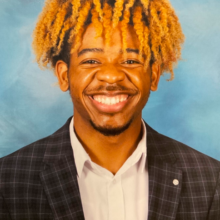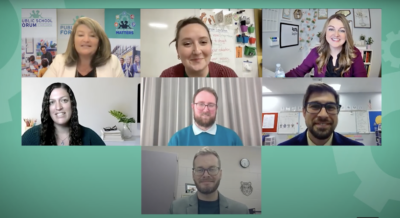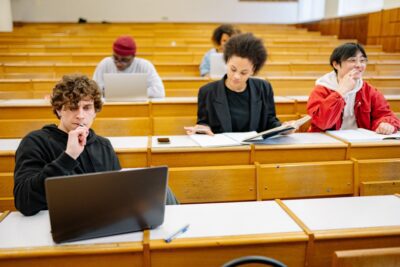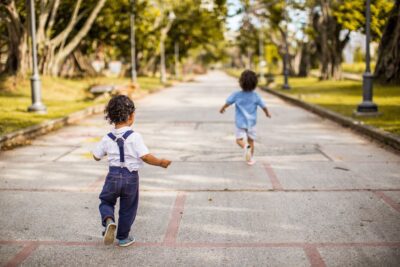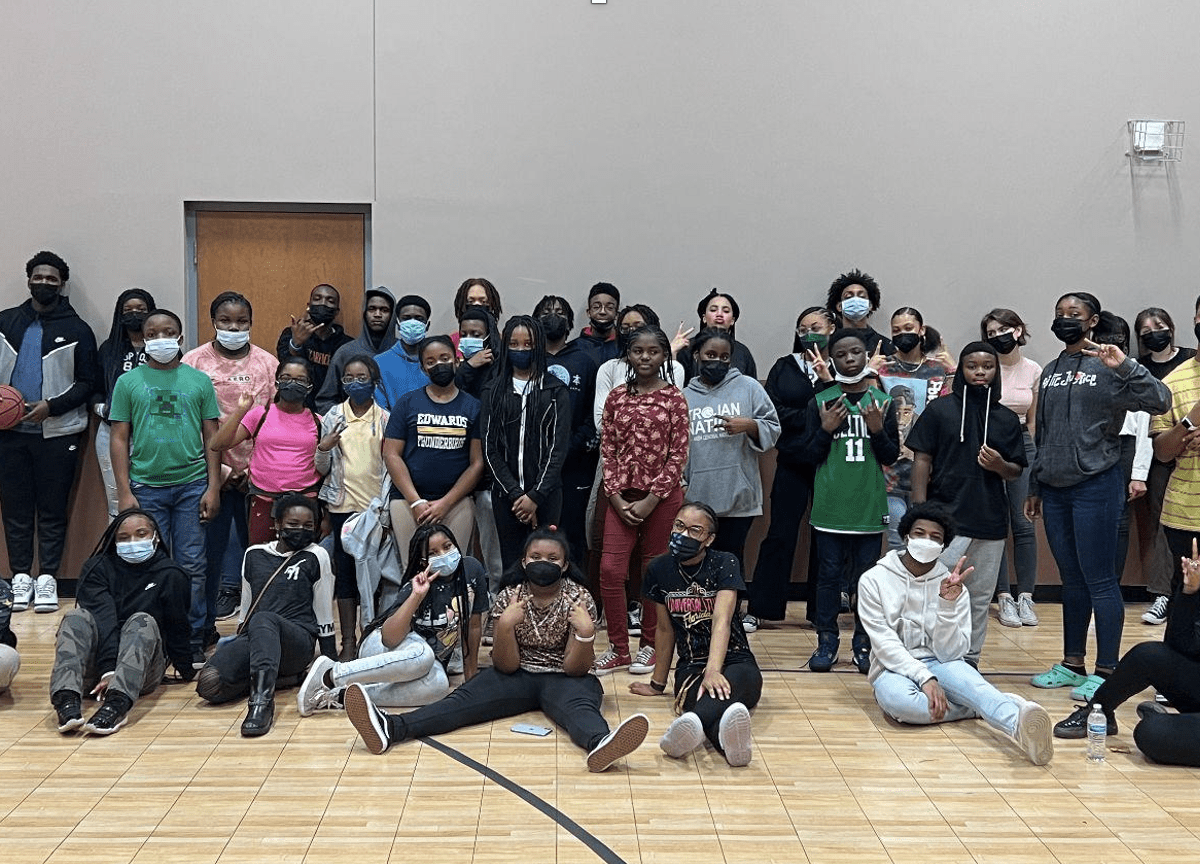
Over the course of my education career, I’ve read a lot of books concerning the role of the teacher and their relationship to the student and the community. One that I have found to be extremely impactful is, “What Kind of Citizen?” by Joel Westheimer.
While Westheimer spent the majority of the book explaining how teachers can prepare students to be responsible, engaged citizens through different approaches to civic engagement, he also wrote the importance of positioning teachers and students in the communities in which they live.
Partnership between schools and communities is a concept that has existed for decades. Throughout history, schools have been supported by their communities and have been seen as essential parts of communities. While these partnerships still exist, they are often inconsistent, short-term, and lack the structure needed to generate a systemic change.
School and community partnership is essential to the teaching and learning experiences in any educational setting. In 2020, Drs. Julia Bryan, Joseph M. Williams, and Dana Griffin explored how to effectively foster partnerships between schools and communities. This study revealed that achievement gaps exist because of gaps in opportunities for urban, low-income, and racially/ethnically diverse students. However, partnerships among schools, families, and communities can provide the enrichment opportunities, support, resources, and programs that students need to be educationally resilient despite adversity.
From this research and also from my own experiences as both an educator and community partner, here are the five things we, as outsiders, can do to establish and maintain the bridge between schools and the community:
Be present
The biggest thing to make note of when trying to establish partnerships is that you can’t build the relationships if you are not present to build the relationship. People often think they have to have a skill or product to bring to a school, but most teachers and school leaders just enjoy the fact that you’re there and willing to support. Being present implies support, but also implies investment and belief in what the school is doing for students.
Be intentional
Before trying to implement new programs and partnerships with the schools, ask them what their current needs are first. You don’t want to waste time developing one program, when you could be spending more time within the school developing a program that better addresses the needs of the school.
Be a place
A main reason why schools are not able to host programs is because most don’t have the same sustainable resources that other local organizations have that would allow them to continually invest and develop students around a certain concept or skill.
Be open to communication
This is by far the most important point. The thing about communication is that you have to be intentional about staying connected to the school and aware of what the school has going on throughout the year. Schools already have established various modes of communication (apps, phone calls home, website updates, flyers sent home), but we have to always have our “ear to the streets” so that we can always receive what the school is trying to communicate. This also means we have to set our own communication methods up in a way that would allow schools to communicate with us as well. Open lines of communication on both sides is the key to ensuring both sides are able to effectively communicate their needs.
When schools partner with community stakeholders, it helps create a shared investment for the future while equipping all stakeholders with the tools needed to be successful.
